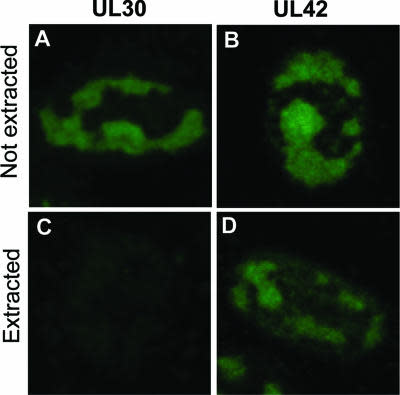
Cat. #153429
Anti-Keratin 19 [LP2K]
Cat. #: 153429
Sub-type: Primary antibody
Unit size: 100 ug
Availability: 3-4 weeks
Target: Keratin 19
Class: Monoclonal
Application: IHC ; WB
Reactivity: Human
Host: Mouse
£300.00
This fee is applicable only for non-profit organisations. If you are a for-profit organisation or a researcher working on commercially-sponsored academic research, you will need to contact our licensing team for a commercial use license.
Contributor
Inventor: Irene Leigh
Institute: Cancer Research UK, London Research Institute: Lincoln's Inn Fields
Tool Details
*FOR RESEARCH USE ONLY
- Name: Anti-Keratin 19 [LP2K]
- Alternate name: 4 kDa keratin intermediate filament antibody, CK 19 antibody, CK-19 antibody, CK19 antibody, Cytokeratin 19 antibody, Cytokeratin-19 antibody, K19 antibody, K1C19_HUMAN antibody, K1CS antibody, Keratin 19 antibody, Keratin type I 4 kD antibody, Keratin type I 4kD antibody, Keratin type I cytoskeletal, 19 antibody, Keratin, type I cytoskeletal 19 antibody, Keratin type I 4 kd antibody, Keratin-19 antibody, KRT19 antibody, MGC15366 antibody
- Clone: LP2K
- Tool sub type: Primary antibody
- Class: Monoclonal
- Conjugation: Unconjugated
- Molecular weight: 40 kDa
- Strain: Balb/c
- Reactivity: Human
- Host: Mouse
- Application: IHC ; WB
- Description: Keratin 19 was first detected in squamous cell carcinoma lines and it is identifiable by its characteristically low molecular weight on SDS gels at 40 kD. It is generally regarded as being characteristic of simple epithelia such as intestine, kidney collecting ducts, gallbladder, mesothelium, and glandular secretory cells. Keratin 19 has unusually wide tissue distribution, and has been reported to be present, in significant quantities and under apparently normal conditions, in both stratified and squamous epithelia. Keratin 19 is a tumour marker used to establish poor prognosis in several types of carcinoma including hepatocellular and NSCL.
- Immunogen: Sonicated cytoskeleton fractions (material insoluble in 1% Nonidet-P40(N-P40)) from SVK14 cells (SV40-transformed human neonatalkeratinocytes: 19)
- Myeloma used: Sp2/0-Ag14
Target Details
- Target: Keratin 19
- Molecular weight: 40 kDa
- Target background: Keratin 19 was first detected in squamous cell carcinoma lines and it is identifiable by its characteristically low molecular weight on SDS gels at 40 kD. It is generally regarded as being characteristic of simple epithelia such as intestine, kidney collecting ducts, gallbladder, mesothelium, and glandular secretory cells. Keratin 19 has unusually wide tissue distribution, and has been reported to be present, in significant quantities and under apparently normal conditions, in both stratified and squamous epithelia. Keratin 19 is a tumour marker used to establish poor prognosis in several types of carcinoma including hepatocellular and NSCL.
Applications
- Application: IHC ; WB
Handling
- Format: Liquid
- Concentration: 0.9-1.1 mg/ml
- Unit size: 100 ug
- Storage buffer: PBS with 0.02% azide
- Storage conditions: -15° C to -25° C
- Shipping conditions: Shipping at 4° C
References
- B
ttger et al. 1995. Eur J Biochem. 231(2):475-85. PMID: 7543411. - Epitope mapping of monoclonal antibodies to keratin 19 using keratin fragments, synthetic peptides and phage peptide libraries.
- Fridmacher et al. 1992. Development. 115(2):503-17. PMID: 1385062.
- Differential expression of acidic cytokeratins 18 and 19 during sexual differentiation of the rat gonad.
- Stasiak et al. 1989. J Invest Dermatol. 92(5):707-16. PMID: 2469734.
- Keratin 19: predicted amino acid sequence and broad tissue distribution suggest it evolved from keratinocyte keratins.



